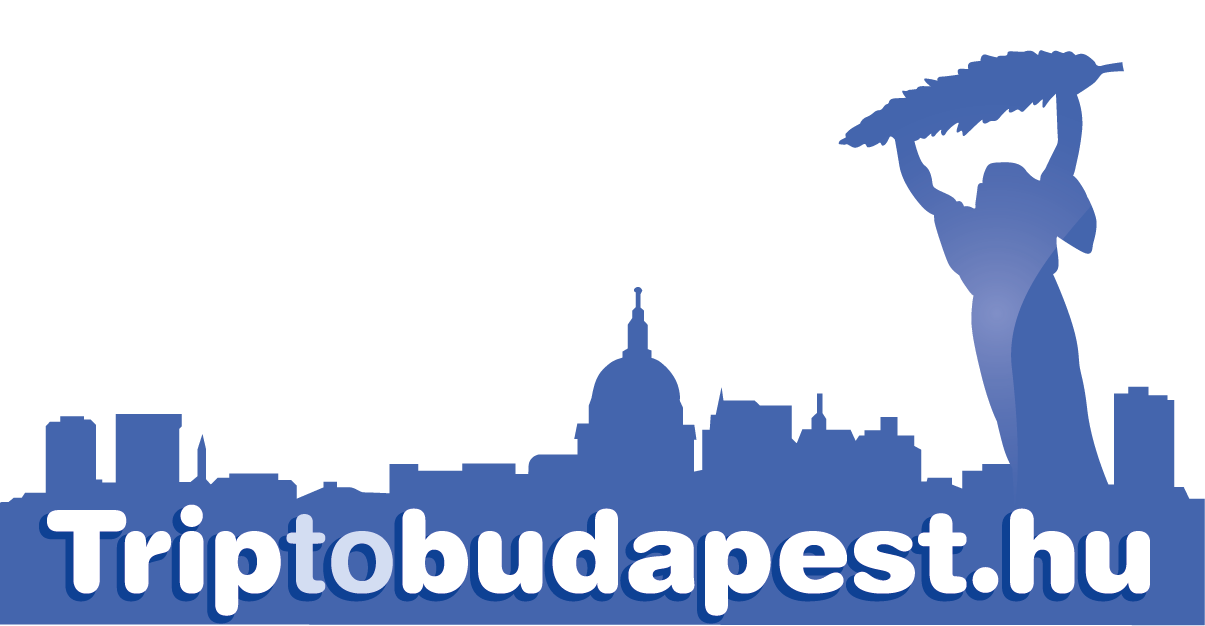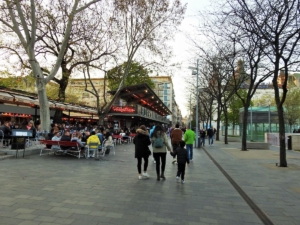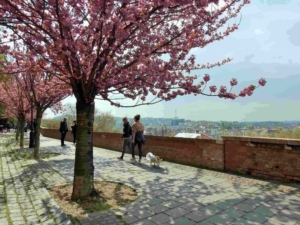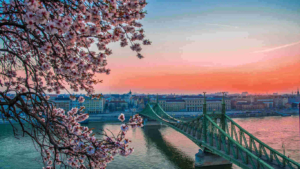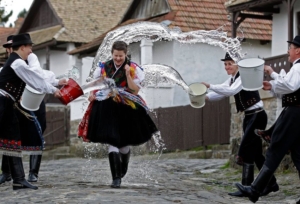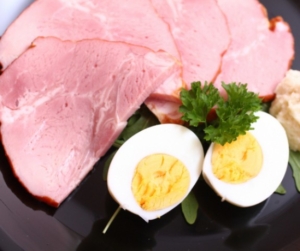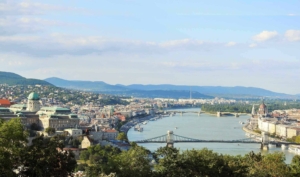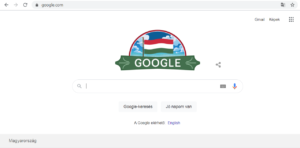News 11th May 2021
Covid-19 related news of Hungary and us, the Free Budapest Walking Tours Team
As we have shared in our previous blog posts, Hungary has started a gradual reopening inside of the country after the third wave of the Coronavirus pandemic and the number of cases have started decreasing and the vaccination program has been going quite well. Here is what is open now after a long lockdown since last November.
Regarding international travelling: the borders of the country are not fully open yet for anyone (therefore we are still not running our daily free Budapest walking tours, but as soon as we reopen, you will be able to see info about it on our website and Facebook page as well!). However, Hungary has established a couple of agreements with some countries: we mutually accept each others immunity certificates with Slovenia, Croatia, Bahrain, Romania and Turkey at the moment. It means that Hungarians can travel to these countries and come home without having to quarantine themselves and people from the mentioned countries can travel to Hungary without having to go to quarantine after they enter our country.
Domestic travelling inside of the country is getting awake after a long lockdown. Those Hungarians that are vaccinated and got their immunity certificates already (about 4.3 million people out of the population of about 10 million people) can visit hotels as well. They say that hotels and other kind of accommodations on the Hungarian countryside are getting quite a lot of bookings and are preparing for a very busy summer season.
We are eagerly preparing for the reopening of the borders and can not wait to have you here again, Dear Travelers! It has been too long since we could show you around our great capital city and tell you all the stories about our history, culture, cuisine and much more on our free walking tours in Budapest!
